An electrical tester that measures the amount of current flowing through a conductor is known as a clamp meter. A clamp meter, as opposed to a standard multimeter, measures the magnetic field created by current flow using a Hall effect sensor. This enables the clamp meter to "clamp" onto a conductor and measure current without having to touch the conductor directly.

Clamp meters are used by electricians because they allow them to measure current without having to disconnect any wires. They can also be used in other situations, such as automotive diagnostics, where measuring current without breaking the circuit is required.
There are two main types of clamp meters: Analog and Digital. The older type of clamp meter is called an analog clamp meter. A needle on a scale indicates the current reading. Digital clamp meters are more common and newer than analog ones because they are easier to read and often have more features.
Before you use the clamp meter, make sure it is turned off. Then, open the clamp meter's jaws and put the wire you want to measure in between them. You could get a shock if you touch the conductor with your hands or any other part of your body. Once the jaws are in place, turn on the clamp meter and take a reading. Most clamp meters can measure both alternating current (AC) and direct current (DC). Set the clamp meter to the DC current setting to measure DC current.
How does the clamp meter work?
A clamp meter can be used to measure the amount of current flowing through a conductor. It measures the current flowing through a conductor by clamping around it. As a result, the user does not need to touch the conductor to determine how much electricity is flowing through it. If the conductor is live and touching it would be dangerous, this can be useful.
Clamp meters come in a variety of shapes and sizes. To keep them in place, you can hold them in your hand or stick them to a wall or other surface. Some clamp meters have digital displays that show the current reading, whereas others have analog displays that show the reading via a needle.
Most clamp meters have jaws that can be opened and closed around a conductor. Most of the time, the jaws are made of metal and move electricity from the conductor to the meter. The size of the jaws is based on the size of the conductor being measured.
Make sure the power is off in the circuit you want to measure before you use a clamp meter. Everyone needs to be safe, so this must be done. After turning off the power, open the clamp meter's jaws and wrap them around the conductor. Make sure the jaws are completely closed so they can connect to the conductor.
The power should now be turned on to the clamp meter. Usually, you turn a knob or switch on the side of the meter to do this. The needle on an analog meter or the numbers on a digital meter will then show how much current is going through the conductor.
To get an accurate reading, make sure the clamp meter is tightly closed around the conductor. Otherwise, the reading may be incorrect. Also, ensure that the meter is in the proper position. Some meters have arrows that show how the jaws should be positioned.
After you've taken your reading, disconnect the clamp meter from the conductor. Make a note of what you read so you can look it up later.
How to use a clamp meter to measure DC Amps:
- Connect the clamp meter to the circuit. Make sure that the jaws of the clamp are placed around one of the wires in the circuit, and that the meter is set to measure DC current.
- Read the current measurement on the clamp meter's display. This will be the DC current flowing through the circuit.
- Repeat steps 1 and 2 for each wire in the circuit that you want to measure.
- Compare the readings from the different wires to see which one has the highest DC current flowing through it. This will be the wire that is carrying the most load in the circuit.

Frequently Asked Questions:
All clamp meters measure AC and DC, right?
No, not all clamp meters are capable of measuring both AC and DC currents. Some clamp meters are only designed to measure alternating current (AC), while others can measure both alternating current and direct current (DC). It is critical to consider the type of current you need to measure when selecting a clamp meter.
How accurate are clamp meters?
There is no definitive answer to this question because accuracy varies depending on the clamp meter used. Clamp meters, on the other hand, are generally thought to be relatively accurate tools. For example, the KAIWEETS HT206D is a highly accurate clamp meter that is often recommended for use. If you need a very accurate clamp meter, you should do some research to find one that meets your requirements.
What features should a clamp meter have?
When selecting a clamp meter, think about the features that are important to you and your application. Some features that may be important to you are as follows:
- DC current measurement: Many clamp meters can measure DC current. This is important if you need to measure current in a solar panel or other DC circuit.
- AC current measurement:AC current is the most common type of current, so most clamp meters can measure it. If you need to measure AC current, make sure the clamp meter you choose can do so.
- Frequency measurement:Some clamp meters can measure the frequency of the current they're measuring. This is useful if you need to know the frequency of an alternating current signal.
- True RMS:True RMS clamp meters are more accurate than standard ones when measuring AC current. If accuracy is important to you, make sure you choose a true RMS clamp meter.
- Data logging:Some clamp meters can store data for later analysis. This is useful if you need to collect data over time or in difficult-to-reach places.
- Digital display:Most clamp meters have a digital display that shows the readings. This is important for getting precise readings
- Backlight:A backlight on the display can be helpful in low-light conditions
- Auto power off:This feature conserves battery life by turning the clamp meter off when it's not in use.
- Low battery indicator:A low battery indicator lets you know when it's time to replace the batteries.
- Carrying case:A carrying case protects the clamp meter and can help store extra batteries.
The features that are important to you will vary depending on your application. Consider which features are most important to you and ensure that the clamp meter you chose has them.
Conclusion:
Now that you know how to measure DC amps using a clamp meter, you can easily take voltage and current measurements of your devices and circuits. This knowledge can be useful in a wide range of applications, from electrical engineering to hobbyist electronics. With a clamp meter, you can quickly and easily get accurate readings of the current flowing through wires, cables, and other conductors. So don't hesitate to pick one up and put it to use in your next project!


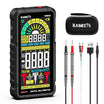
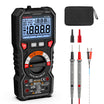

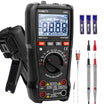
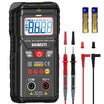
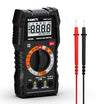

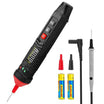


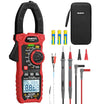

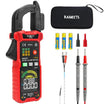
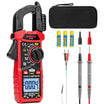

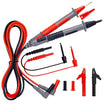
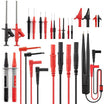

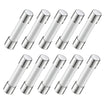
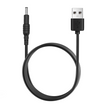
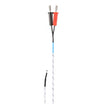
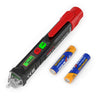

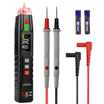
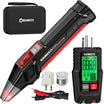
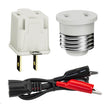
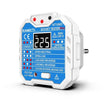
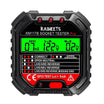
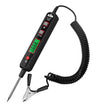
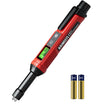
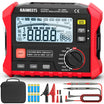
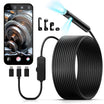
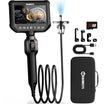

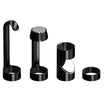
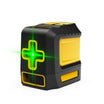
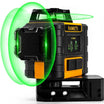

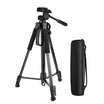
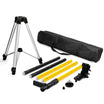
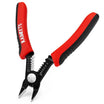
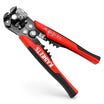
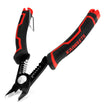
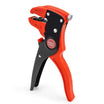
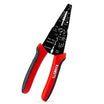
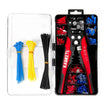
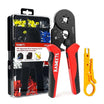
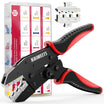
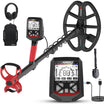
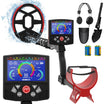
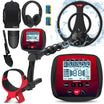
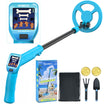
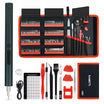
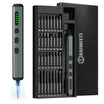
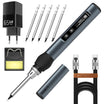
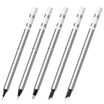
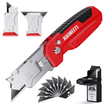
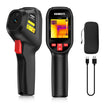
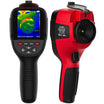
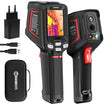
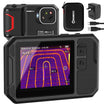
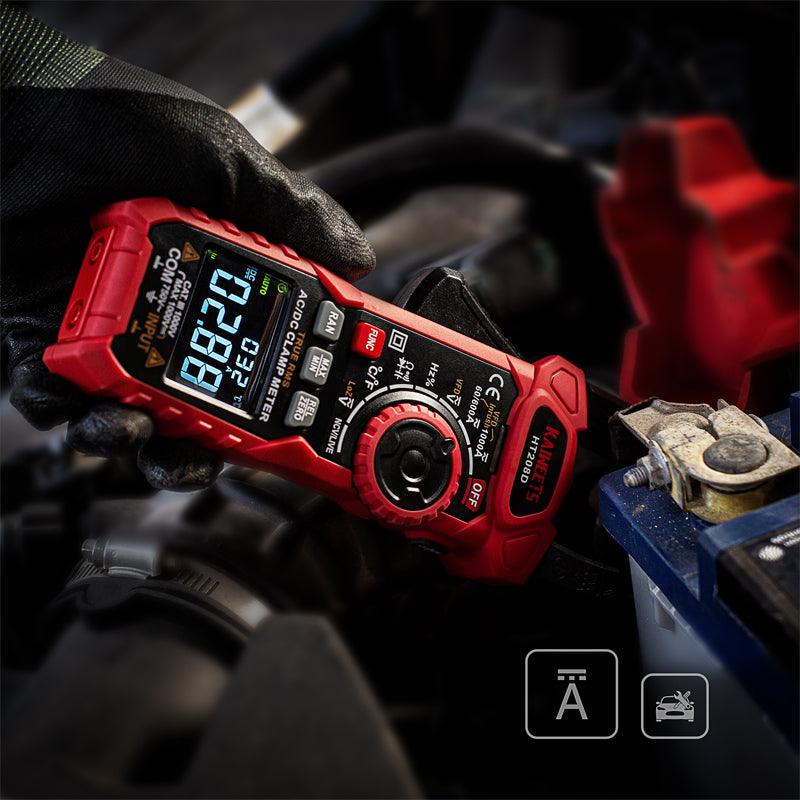

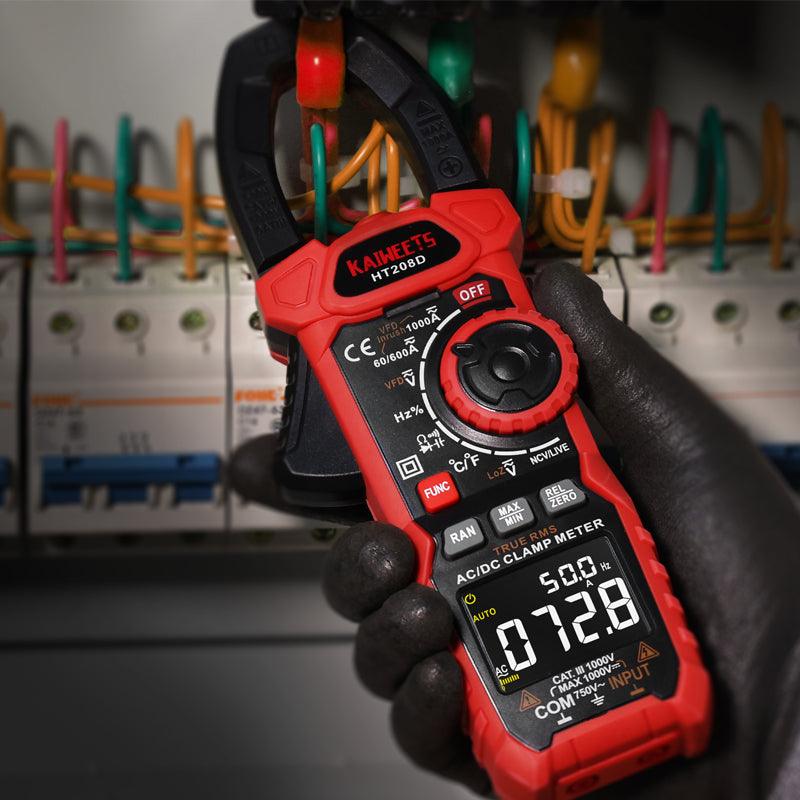
1 comentario
Umberto Nalon
2022-nov-09
Clampmeter in direct current: it is necessary to zero the instrument before making the measurement with the appropriate “Zero” key, as is done for capacitors with the “Relative” key. Then it is not good to move the instrument until the end of the measurement. The reason is the terrestrial magnetism that visibly moves the needle of a compass and invisibly acts on the very sensitive magnetic circuit for detecting direct current. The introduced error can reach 1 Ampere. Alternating current clearly does not suffer from this specific problem.
I don’t know if the procedure described above applies to Kaiweets products, or if they have a technology that avoids it (this procedure).
Currently all my clampmeters implement this procedure to minimize errors.
Dejar un comentario
Todos los comentarios se revisan antes de su publicación.
Este sitio está protegido por hCaptcha y se aplican la Política de privacidad de hCaptcha y los Términos del servicio.